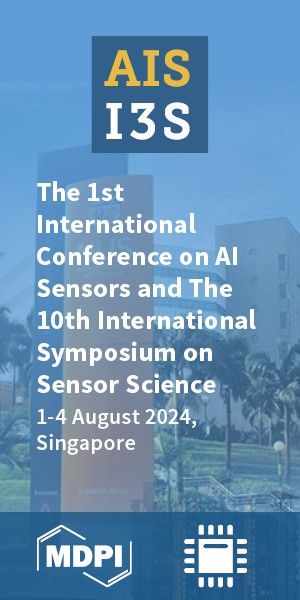Review
Version 1
Preserved in Portico This version is not peer-reviewed
A Review of Low Altitude Manned Aviation Operations
Version 1
: Received: 20 July 2020 / Approved: 22 July 2020 / Online: 22 July 2020 (11:19:24 CEST)
How to cite: Weinert, A.; Barrera, G. A Review of Low Altitude Manned Aviation Operations. Preprints 2020, 2020070522. https://doi.org/10.20944/preprints202007.0522.v1 Weinert, A.; Barrera, G. A Review of Low Altitude Manned Aviation Operations. Preprints 2020, 2020070522. https://doi.org/10.20944/preprints202007.0522.v1
Abstract
With the integration of small unmanned aircraft systems into the U.S. National Airspace System, low altitude regions are being stressed in historically new ways. The FAA must understand and quantify the risk of collision between unmanned and manned aircraft during desired low altitude unmanned operations in order to produce regulations and standards. It is increasingly important to characterize how manned aircraft operate at these low altitudes, as historical assumptions are insufficient for modeling and simulation to support standards development. Yet technical challenges such as poor low altitude radar coverage and lack of required transponder equipage are significant barriers to characterizing the low altitude environment. In response, we conducted an extensive review of fixedwing and rotary-helicopter manned operations to characterize the low altitude environment.
Keywords
aircraft; review
Subject
Engineering, Control and Systems Engineering
Copyright: This is an open access article distributed under the Creative Commons Attribution License which permits unrestricted use, distribution, and reproduction in any medium, provided the original work is properly cited.
Comments (0)
We encourage comments and feedback from a broad range of readers. See criteria for comments and our Diversity statement.
Leave a public commentSend a private comment to the author(s)
* All users must log in before leaving a comment








